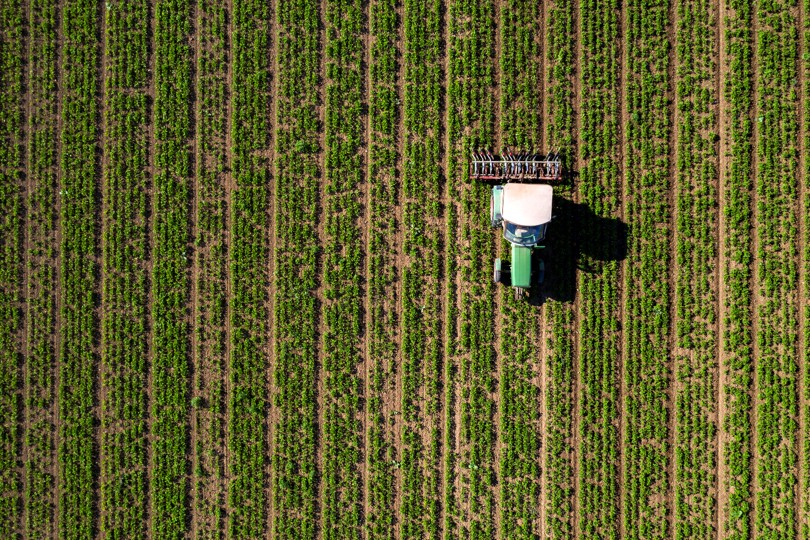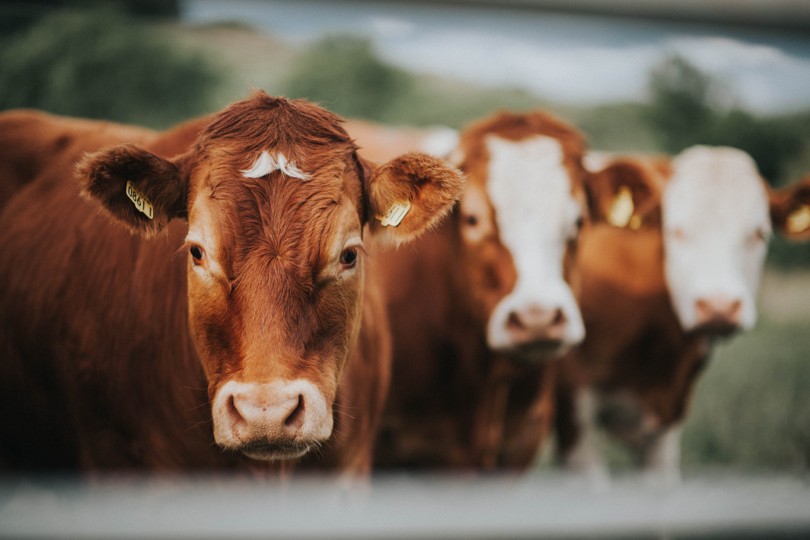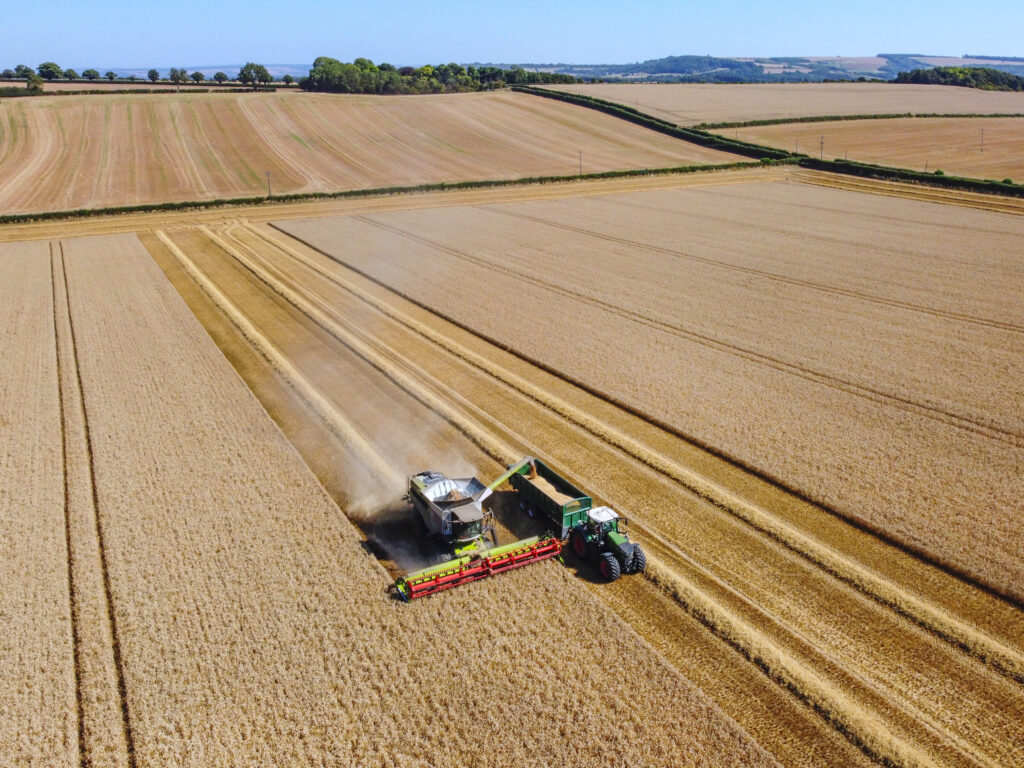
Smallholder farmers feed millions, but often operate outside formal insurance structures. How can the industry design solutions that balance risk, affordability, and sustainability?
As the global agricultural landscape evolves, insurers are playing an increasing role in supporting smallholder farmers who are managing modest plots of land but contributing significantly to local economies and food provision. These farmers often operate outside of formal insurance structures, and so face challenges from climate variability, pests and market variability. The insurance industry, however, is stepping up with innovative, scalable solutions that balance risk, affordability and long-term sustainability.
One of the most effective tools that has developed in recent years is parametric cover. Greater access to better satellite and weather data means there is now the possibility of providing insurance where there are no adequate historical records. Using this available data to trigger payouts, removes the need for traditional loss assessments, making it faster and more efficient particularly in areas where infrastructure is limited.
In Kenya, the Index-Based Livestock Insurance (IBLI) programme has demonstrated how insurers can deliver real value. By monitoring vegetation levels via satellite, the scheme ensures that pastoralists receive timely compensation when forage availability drops below a set threshold. This not only provides financial stability but also builds trust in insurance as a reliable risk management tool.
Technological advances have enabled insurers to offer small farmers protection through multiperil insurance. These products, which cover a range of risks from drought to pests and disease, are increasingly viable due to the growing number of measuring agents capable of accessing yield data. Multiperil insurance is usually provided through an area yield index which gives cover based on the historical yield in the farmers area, for an example a village or a district. The size of the area examined can vary, going up right to country level. However, the cost of these schemes can still be very high, and so often require government subsidies to be successful.


In South Africa, there have been pilot drought index insurance schemes launched across several provinces representing a large portion of the country’s smallholder farming population. These index-based programmes, supported by satellite data and digital platforms, aim to reach a broader demographic of these farmers. By improving access to credit and investment, these initiatives highlight how insurers can contribute to broader economic development while managing agricultural risk effectively.
To improve access and uptake, whilst ensuring long-term sustainability, insurers are also exploring bundled products and community-based models. These types of insurance are often offered alongside other farming essentials, such as seeds, fertilisers or tools. By combining insurance with products that farmers already use, insurers make it easier for farmers to understand, access, and benefit from coverage that fits naturally into their everyday work.
There are examples internationally of this bundled approach being put into practice that South Africa can certainly learn from. In East Africa, ACRE Africa has successfully bundled insurance with seed and fertiliser purchases. If weather events affect yields, farmers are compensated supporting both resilience and productivity. Additionally, India’s new CROPIC system allows farmers to upload crop photos via mobile apps, with AI assessing growth and damage for faster payouts under the Pradhan Fasal Bima Yojana (PMFBY). In 2025, pilots are running across 50 districts across India per season, with nationwide expansion planned in 2026. AI driven assessments streamline the claims process, reducing costs and improving transparency.
These models demonstrate how insurers are not only adapting to local contexts but also actively contributing to agricultural development through innovation and collaboration. There are several large government supported schemes which could prove useful models for South Africa to consider. These include the aforementioned PMFBY, and the national agricultural insurance system in China. These programmes play an important role in delivering practical insurance solutions at scale and therefore make cover more accessible to smallholder farmers.
The insurance industry is well-positioned to support smallholder farmers with solutions that are both practical and forward-looking. By leveraging technology, forming strategic partnerships and designing products that reflect the realities of farming at scale, insurers are helping to build more resilient agricultural systems.
Insurance availability for smallholder farmers presents opportunities for both the insurer and the farmer, and so innovative solutions should increasingly be used for managing risk, improving productivity and enabling investment. As climate and market pressures continue to evolve, the industry’s role in supporting sustainable agriculture will only grow in importance.In Kenya, the Index-Based Livestock Insurance (IBLI) programme has demonstrated how insurers can deliver real value. By monitoring vegetation levels via satellite, the scheme ensures that pastoralists receive timely compensation when forage availability drops below a set threshold. This not only provides financial stability but also builds trust in insurance as a reliable risk management tool.
Technological advances have enabled insurers to offer small farmers protection through multiperil insurance. These products, which cover a range of risks from drought to pests and disease, are increasingly viable due to the growing number of measuring agents capable of accessing yield data. Multiperil insurance is usually provided through an area yield index which gives cover based on the historical yield in the farmers area, for an example a village or a district. The size of the area examined can vary, going up right to country level. However, the cost of these schemes can still be very high, and so often require government subsidies to be successful.
In South Africa, there have been pilot drought index insurance schemes launched across several provinces representing a large portion of the country’s smallholder farming population. These index-based programmes, supported by satellite data and digital platforms, aim to reach a broader demographic of these farmers. By improving access to credit and investment, these initiatives highlight how insurers can contribute to broader economic development while managing agricultural risk effectively.


To improve access and uptake, whilst ensuring long-term sustainability, insurers are also exploring bundled products and community-based models. These types of insurance are often offered alongside other farming essentials, such as seeds, fertilisers or tools. By combining insurance with products that farmers already use, insurers make it easier for farmers to understand, access, and benefit from coverage that fits naturally into their everyday work.
There are examples internationally of this bundled approach being put into practice that South Africa can certainly learn from. In East Africa, ACRE Africa has successfully bundled insurance with seed and fertiliser purchases. If weather events affect yields, farmers are compensated supporting both resilience and productivity. Additionally, India’s new CROPIC system allows farmers to upload crop photos via mobile apps, with AI assessing growth and damage for faster payouts under the Pradhan Fasal Bima Yojana (PMFBY). In 2025, pilots are running across 50 districts across India per season, with nationwide expansion planned in 2026. AI driven assessments streamline the claims process, reducing costs and improving transparency.
These models demonstrate how insurers are not only adapting to local contexts but also actively contributing to agricultural development through innovation and collaboration. There are several large government supported schemes which could prove useful models for South Africa to consider. These include the aforementioned PMFBY, and the national agricultural insurance system in China. These programmes play an important role in delivering practical insurance solutions at scale and therefore make cover more accessible to smallholder farmers.
The insurance industry is well-positioned to support smallholder farmers with solutions that are both practical and forward-looking. By leveraging technology, forming strategic partnerships and designing products that reflect the realities of farming at scale, insurers are helping to build more resilient agricultural systems.
Insurance availability for smallholder farmers presents opportunities for both the insurer and the farmer, and so innovative solutions should increasingly be used for managing risk, improving productivity and enabling investment. As climate and market pressures continue to evolve, the industry’s role in supporting sustainable agriculture will only grow in importance.
